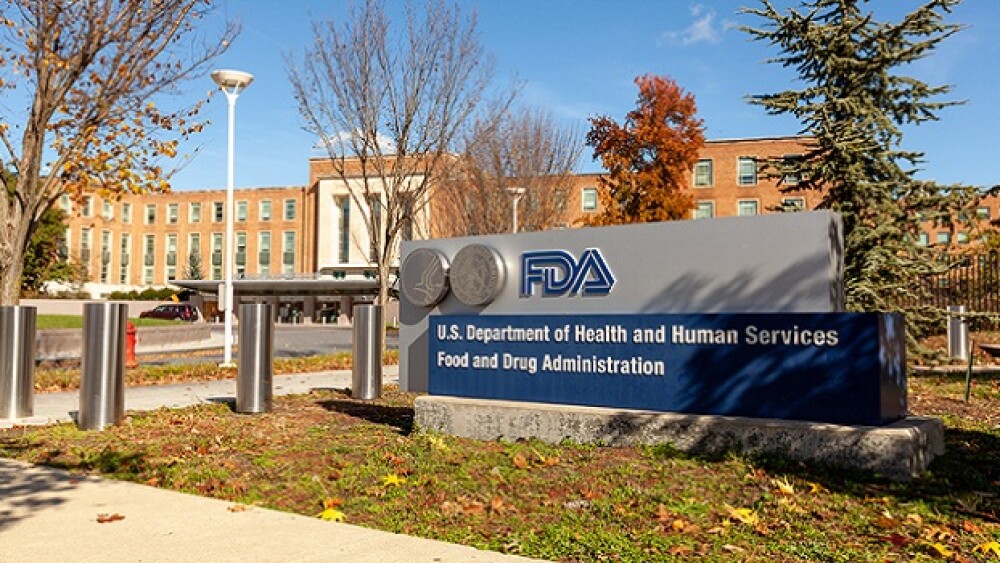The role of breathable cargo covers in preventing moisture and humidity damage to sensitive pharmaceuticals in transit is examined in a new White Paper from DuPont Protection Solutions.
Current GDP regulations governing the safe transportation and storage of pharmaceuticals rightly focus on time and temperature. But there is another environmental variable covered by the regulations that increasingly needs to be taken seriously: that of ambient moisture levels. The White Paper takes a look at the circumstances in which unwanted moisture might form underneath vapour impermeable cargo cover materials during pharma shipment and how this risk can be mitigated.
Recent comparative exercises between breathable and non-breathable cargo cover materials have provided ample evidence of condensation, potentially adverse, occurring with non-breathable materials during long distance air and truck transportation. Appreciable below-cover water accumulations have been apparent even where overall temperature variations had been relatively modest. By contrast, the vapour-open material used in the breathable covers tested showed no signs of below-surface moisture build-up.
Since it is impossible to control the weather or the dynamic environmental conditions on a typical intercontinental shipping lane there is always a real risk of damaging condensation forming under a traditional, vapour-impermeable protective film. Yves le Minor, European Business Development Manager for the Tyvek® Cargo Cover range, explains the problem: “The formation of condensation during transportation is a potential hazard because, unlike the situation in static storage conditions where there is usually stable temperature and humidity conditions, in transportation the products being shipped are often exposed to fluctuating temperatures as they are moved between controlled and uncontrolled storage areas and between different transport modes. These varying temperature conditions directly impact the levels of relative humidity and inevitably lead to condensation”.
Temperature excursions and humidity excursions outside of the stability parameters associated with the safe storage and transportation of pharma products can, in both cases, be harmful, to the quality of drugs in the supply chain. The presence of water can not only compromise the thermal integrity of a protective layer, it also creates conditions conducive to the propagation of both moulds and bacteria. Water can also weaken or destroy protective cartons, primary packaging and instructions for use. In particular, water damage to product labelling or instructions for use can be as serious as damage to the product itself.
The White Paper shows that, given the right combination of ambient conditions, the formation of condensation may be unavoidable. Since condensate formation is very environment-specific and influenced by a large number of uncontrollable factors it is recommended that the risk is minimised by using breathable cargo covers. “Breathability is designed into all Tyvek® Cargo Covers, even where they incorporate reflective surfaces and thermal-insulation layers,” says le Minor. “This means there need be no cost penalty for minimising the risk of moisture damage.”




